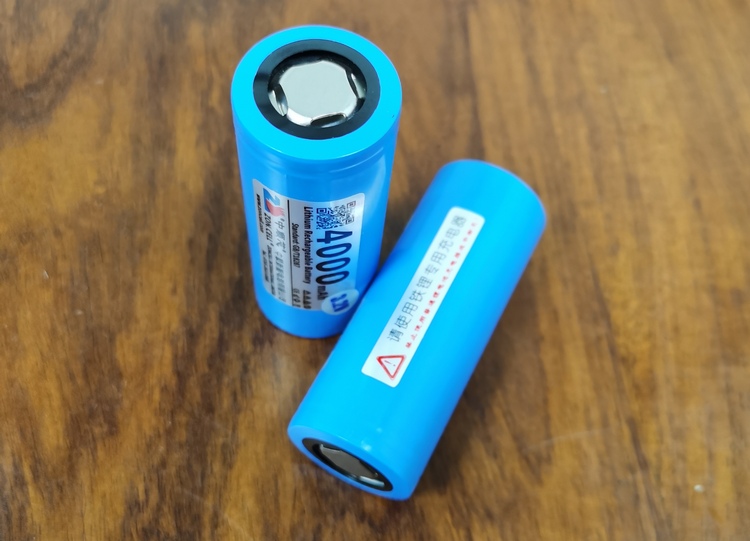Lithium iron phosphate battery low temperature damage to the battery, lithium iron phosphate battery low temperature characteristics are determined by its material properties, it is difficult to change. The best way is to try not to use lithium batteries in low-temperature environments, or to take the necessary thermal insulation measures, which can greatly improve its use characteristics.

1. The three-dimensional structure of anode materials restricts the diffusion rate of lithium iron phosphate battery, and the effect is especially obvious at low temperature. Different cathode materials have different three-dimensional structures, and at present, the main cathode materials used as power batteries for electric vehicles are lithium iron phosphate, nickel-manganese cobalt ternary materials and lithium manganate. The discharge capacity of lithium iron phosphate battery at -20°C can only reach 67.38% of the normal temperature capacity, while nickel-cobalt-manganese ternary battery can reach 70.1%.
2. High melting point solvents due to the presence of high melting point solvents in the electrolyte solvent mixture, lithium battery electrolyte viscosity increases at low temperatures, and when the temperature is too low, electrolyte solidification occurs, resulting in a decrease in the lithium ion transport rate in the electrolyte.
3. Lithium ion diffusion rate The diffusion rate of lithium ions in the graphite anode decreases under low temperature environment. The charge migration impedance of lithium-ion batteries increases in low temperature environment, resulting in the reduction of lithium ion diffusion rate in graphite anode is an important reason affecting the low temperature performance of lithium iron phosphate batteries.
4. SEI membrane at low temperatures, lithium iron phosphate battery anode SEI membrane thickening, SEI membrane impedance increases leading to lithium ion conduction rate in the SEI membrane decreases, and ultimately lithium-ion battery charging and discharging at low temperatures to form a polarization to reduce the charging and discharging efficiency.
5. Production environment lithium iron phosphate battery as a chemical raw materials, complicated process of high-tech products, its production environment on the temperature, humidity, dust, etc. have high requirements, if there is no control in place, the battery quality will fluctuate.
Summary: At present, multiple factors affect the low-temperature performance of LiFePO4 batteries, such as the structure of the positive electrode, the migration rate of lithium ions in various parts of the battery, the thickness and chemical composition of the SEI film, and the selection of lithium salts and solvents in the electrolyte. The low-temperature performance limits the application of lithium-ion batteries in the field of electric vehicles, special fields and extreme environments, and the development of lithium batteries with excellent low-temperature performance is an urgent need in the market.
The use of lithium batteries is limited at low temperatures because, in addition to the severe degradation of discharge capacity, lithium batteries cannot be recharged at low temperatures. When charging at low temperature, the embedding of lithium ions on the graphite electrode of the battery and the lithium plating reaction are simultaneous and compete with each other. The diffusion of lithium ions in graphite is inhibited at low temperatures, and the conductivity of the electrolyte decreases, resulting in a lower embedding rate and easier lithium plating on the graphite surface.
Research has shown that a battery with a capacity of 3500mAh, if working in an environment of -10°C, after less than 100 charge/discharge cycles, the power will be drastically reduced to 500mAh, which is basically scrapped. That is to say, in the -10 ° C working environment, if an electric car charge and discharge once a day, then three months after the battery will have to be scrapped for a new one.
[Technical Department February 21, 2024 Responsibility: Zhu Gong]




